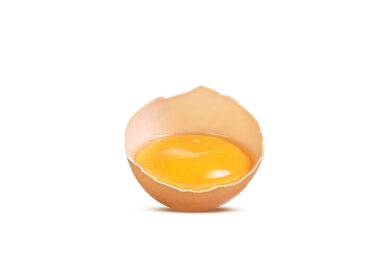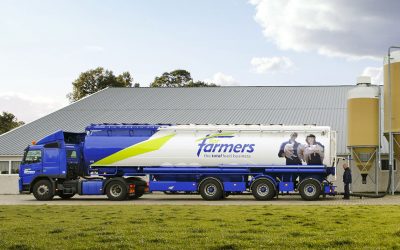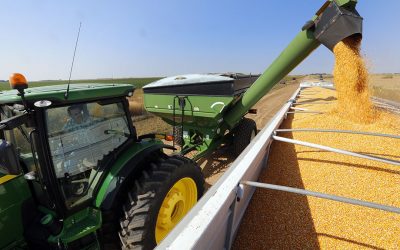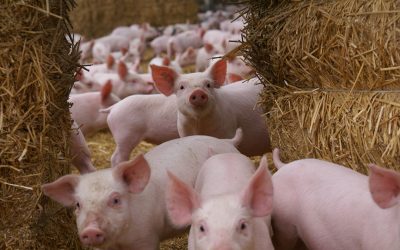Better profit, more Argentine corn hectares
Area planted with corn surged in Argentina this autumn, reported Kurt Shultz, US Grains Council director in Latin America, who explained that Argentine farmers will make a better profit from corn than from soybeans for the first time ever.
“The estimate is that farmers’ net profit will be $150 per metric ton more with corn,” Shultz said. “With this kind of incentive, some analysts predict corn acreage could increase from 4 million hectares to 7 million hectares within the next three to five years.”
The situation, he noted, is fluid and depends in part on Argentine government decisions.
Based on these figures, the natural assumption is that the government will expand export quotas from 15 to 19 million tons to get rid of surplus production.
However, Shultz further commented that “government policy in Argentina is very unpredictable, so issues such as import restrictions on fertilizer or a currency devaluation add a tremendous amount of uncertainty to the outlook.”
Weather has also been an uncertainty in the Argentine outlook. As of Dec. 17, dry weather dominated central and northern Argentina, reducing the moisture available for crop development.
For most major producers of summer crops (including corn), rainfall was well below 10 millimeters.
The lower Parana River Valley recorded a third week of unfavourable dryness as early planted corn was advancing through reproduction.











